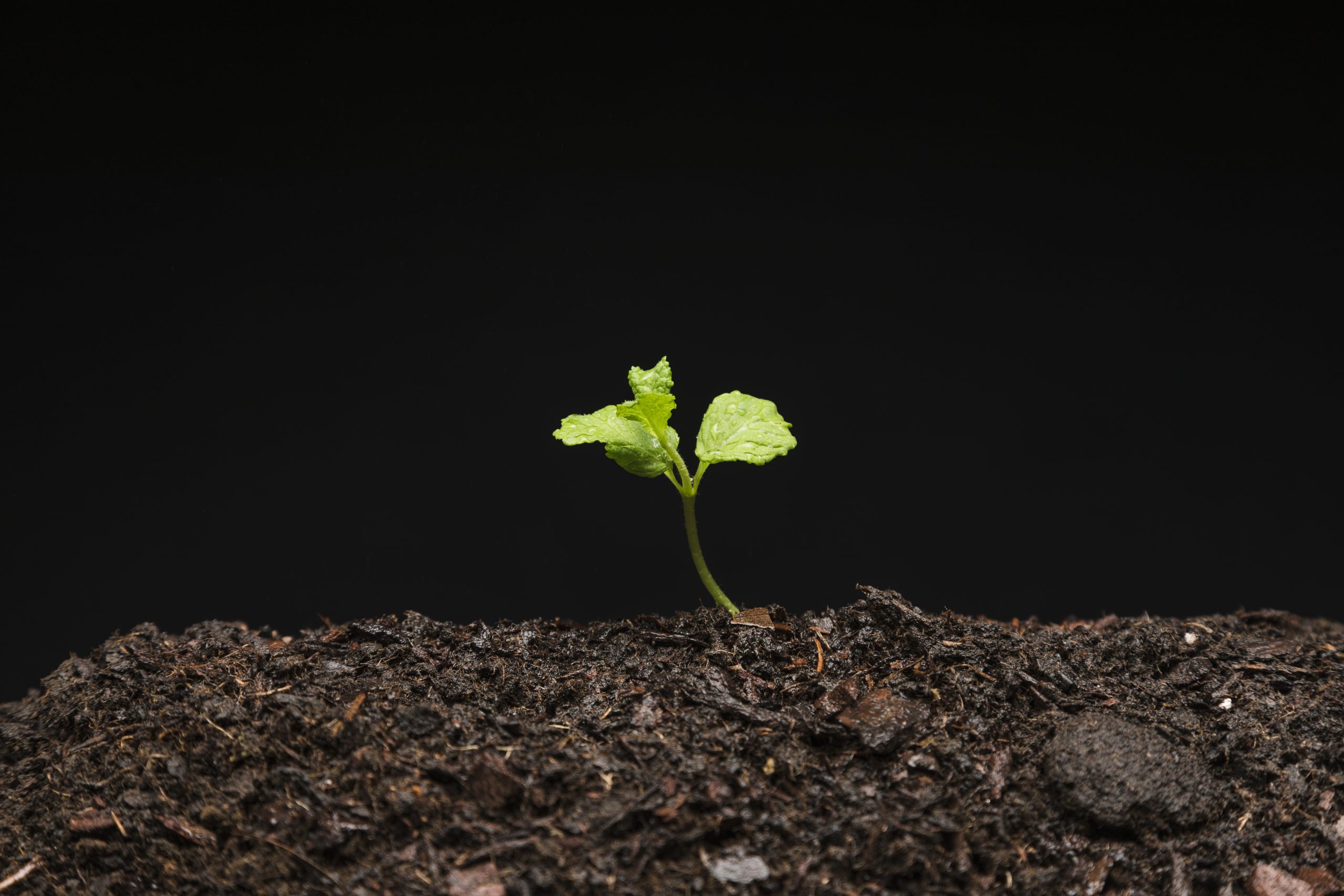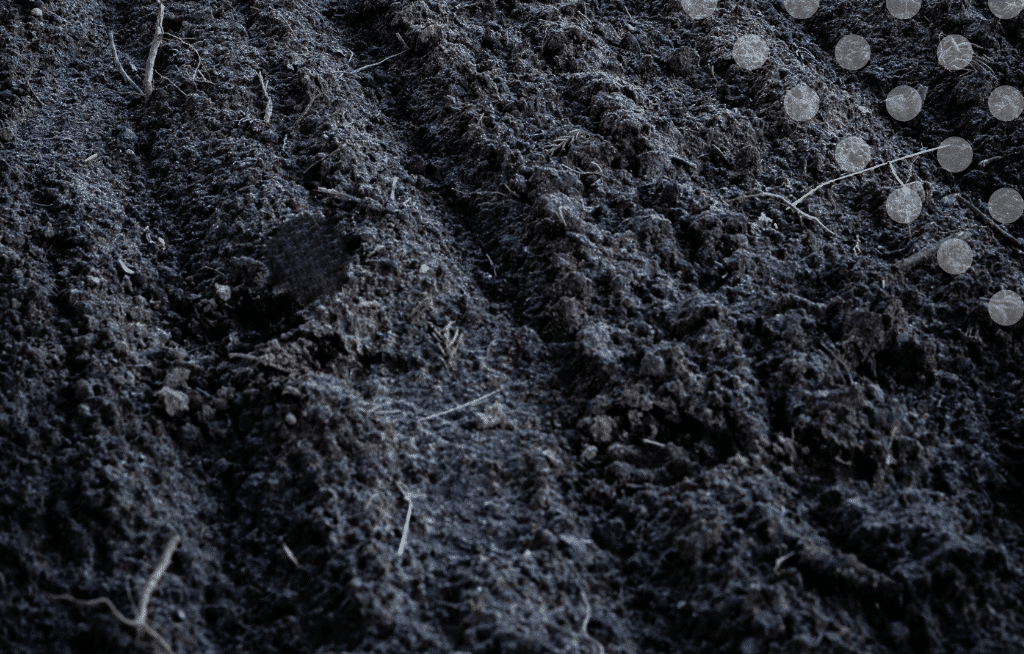Farmers lose an average of 40% of soybean yield due to hydric stress!
Soybean is a major crop around the world. It is mainly grown in rainy conditions, but with the recent global climatic changes, more and more growers use supplemental irrigation in order to sustain this valuable crop during a drought. Indeed, FAO1 highlighted that for a maximum production, soybeans would require between 450 to 700 mm/season depending on climatic conditions and the length of the growing period.
As the final soybean yield depends on both the number of beans per ha and bean weight, any impact on those two factors will have a direct impact on yield.
Many studies have shown that flowering, pod development and seed filling are the stages in which soybeans are most vulnerable to drought stresses
If the drought occurs during early development stages, the losses caused by the stress will be partially compensated by a short but rapid growth rate after the water stress is relieved (compensation effect).
-However, water stress imposed during flower development reduces photosynthesis and the amount of photoassimilates allocated to reproductive tissues, thereby accelerating the rate of abortion and so, reducing the number of viable beans. Later on, a reduction in photosynthetic activity due to lack of water will lead to non-optimal grain filling.
TIMAC AGRO recommends using our granular fertilizers in order to improve root development, increasing access to water, and applying biostimulants to reduce the negative impacts of hydric stress.
Contact your local TIMAC AGRO Representative to find out how TIMAC AGRO’s technologies can bring out the best in your soybeans!



